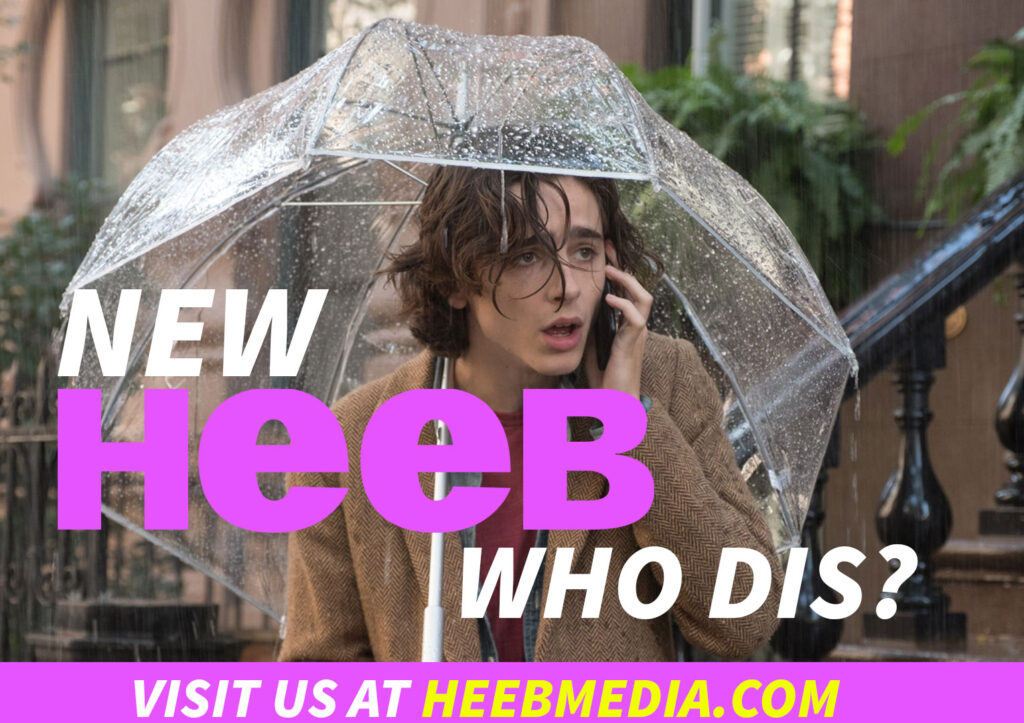My father communes with the dead. Not in a spooky Haley Joel Osment Sixth Sense kind of way mind you, his connection to those no longer among us is more that of a spiritual archeologist.
Following the death of my grandfather Ludovit, a holocaust survivor, my pop’s passion project for the past fifteen odd years has been photographing the crumbling shards that remain from a once vibrant Jewish culture in his former homeland of Slovakia. Along with documentarian Katya Krausova he has paid homage to survivors, taking over 125 portraits and recording their stories as well as chronicling what is left of decaying cemeteries, former synagogues and other remnants of Jewish life.
In a school in Bardejov, a small town in the northeast of the country, my dad happened upon a trove of books whose pages had stopped turning in 1943 when the pupils were forced into concentration camps. Inside were the gnarled remains of textbooks, abandoned torahs, essays, school reports and even some kosher wine still left in a cupboard.
He showed the pictures he had taken to Moshe Halbertal, a Professor of Jewish Thought and Philosophy at Hebrew University. Halbertal was awestruck by one in particular because of the remnants of a page in the foreground with one word peaking out. “Oh this was clever,” he exclaimed assuming that for sure this word had been photoshopped in. When my father, whose command of Hebrew doesn’t go farther than “shalom” told him that it hadn’t been digitally retouched, Halbertal told him that this was pretty serendipitous as the lone word was “Hanishar” which translates to “what remains.”
“I believe the spirits that guided Yuri Dojc wanted the world to know not just what had happened, the unspeakable, intolerable atrocities and carnage, but to understand that what we call resilience of the human spirit is not a mere fable” writes Azar Nafisi, the New York Times bestselling author of “Reading Lolita in Tehran,” in an essay in the exhibit companion book.
 The next ghosts who spoke to my father did so one year later and not through the alchemy of a photograph but in a more organic and serendipitous fashion. On the very last leg of the project, another trove of disintegrating sidors was discovered in a basement of a suburban house. Each book was stamped in three different languages (German, Hungarian, and Slovak).
The next ghosts who spoke to my father did so one year later and not through the alchemy of a photograph but in a more organic and serendipitous fashion. On the very last leg of the project, another trove of disintegrating sidors was discovered in a basement of a suburban house. Each book was stamped in three different languages (German, Hungarian, and Slovak).
On the back of one cover in Slovak it read, “Manushen still owes me three bucks.” Things quickly turned from comic to spine tingling, as the next peek into Slovakia’s Jewish past turned out to be personal. On the inside flap of one of the prayer books was my great grandfather Jakub’s name, hometown and profession (tailor) still legible.
Last Folio: A Photographic Journey with Yuri Dojc opens March 25th at New York’s Museum of Jewish Heritage. In September it will travel to Bloomington to the University of Indiana.




i am your cousin. Your great grandfather and my grandfather were brothers! Your father is my second cousin. My father and your grandfather were first cousins. Your grand parents were in my home on Long island, NY many years ago. My father, brother and I visited your grand parents in Czechoslovakia back in about 1981 on a trip to see where my father was born. A little village not far from Mehalovic (spelling is wrong). Send me an e-mail…you are my 3rd cousin. I have been in touch with your father via e-mail last weekend. Let’s communicate. Your father is only 3 years older than me.
Let’s talk…My name is also Michael Deutsch(Dojc.